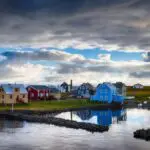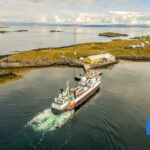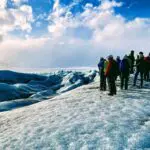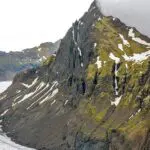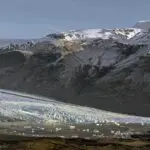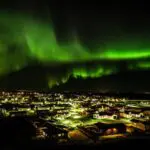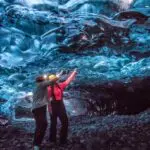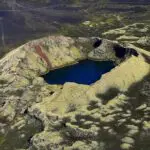December 23 is both the last of Christmas preparations for Icelanders as well as the beginning of the holidays. The day is called Þorláksmess or St Thorlak’s Day and is named after Iceland’s patron saint, Þorlákur helgi. He was an Icelandic bishop in the late 12th century and was made a saint in Iceland only 5 years after his death.

Today, December 23, is the day many people buy the last Christmas presents, wrap presents and decorate the Christmas tree. As Christmas in Iceland starts at 6 o’clock sharp in the PM, and most stores are only open for 2-4 hours on Christmas Eve Day, it is important to have finished most (or all) preparations on December 23.
If you want to read more about Icelandic Christmas Traditions, click here!
Who was St Thorlak
St Thorlak, or Þorlákur helgi as he’s called in Iceland, is Iceland’s patron saint. He was the bishop of Skálholt from 1178 to his death on December 23, 1193. His relics were translated o the cathedral of Skálholt in 1198, and it was announced at Alþingi that he would be made a saint. It wasn’t until 1984 that Þorlákur was canonized when Jon Paul II visited Iceland.
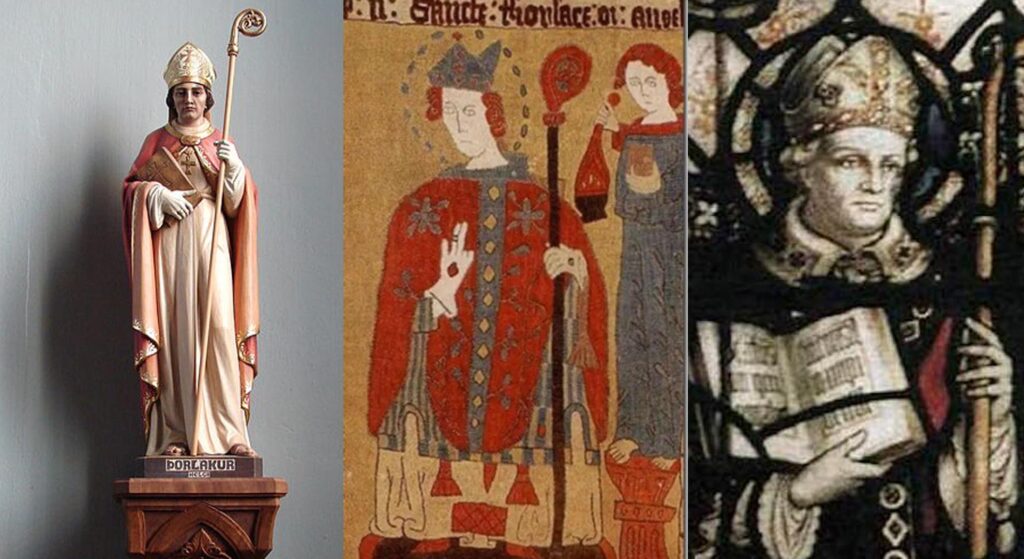
Þorlákur was born in 1133 at Hlíðarendi in the see of Skálholt in southern Iceland. He was from an agrarian family, but instead of becoming a farmer, he was ordained a deacon before he was 15 and became a priest at the age of 18. He studied abroad in Paris, France, with the Victorines, where he learned the Rule of Saint Augustine in the 1150s. After that, he studied canon law in Lincoln, England.
He was one of the founders of Canons Regular at Þykkvabær in South Iceland. This happened after a visit in a dream, where a respectable man told him not to marry the rich widow he had decided on marrying. Another, much more important bride waited for him. However, in the monastery, he devoted himself to a strictly religious life, refusing to marry and devoting himself to reciting the Our Father, the Cred, a hymn, as well as fifty Psalms.
He was the first Prior of the monastery and later became the abbot. In 1174, he was elected bishop.
If you would like to read his story, you can check out The Saga of Saint Thorlak.
The sacred reliquary of Þorlákur was maintained in the Diocese of Skálholt until the Reformation when it was destroyed. His mortal remains were strewn about the cathedral grounds. The only known remaining relic of Þorlákur is a bone fragment contained with other saints’ relics in a lead box in the sanctuary’s end wall of the St Magnus Cathedral in the Faroe Islands.
Saint Þorlákur was considered a saint of all people and spoke words of warning for the poor no less than the rich. While alive, he spent a lot of time loving the poor. He had the poor called together for festivals and secretly washed their feet and then dried them with his hair and gave each of them some good alms before going away.
Shopping on St Thorlak’s Day
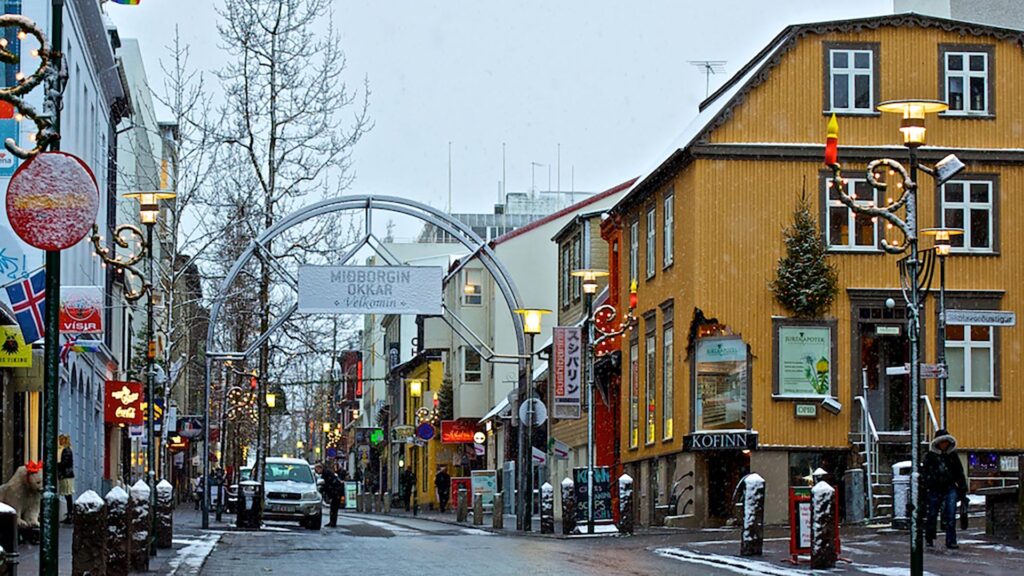
In the middle of the 20th century, Þorláksmessa became the year’s biggest shopping day. Shops in Reykjavík and other larger markets were open until midnight. Many people save their Christmas gift purchases until this day. For many, this custom is an integral part of the Christmas season, to wander through the crowds of people on Christmas Eve Eve and complete the Christmas shopping.
Fermented Skate is the food of choice
It was customary to boil the Christmas hangikjöt (smoked lamb) at Þorláksmessa. In some places, people were allowed to taste it or the meat fat floating on top of the water. This whole situation caused people to look forward to the Þorláks fair as much as to Christmas itself. For that reason, the day before, Þorláksmessa was sometimes called “looking forward day.”
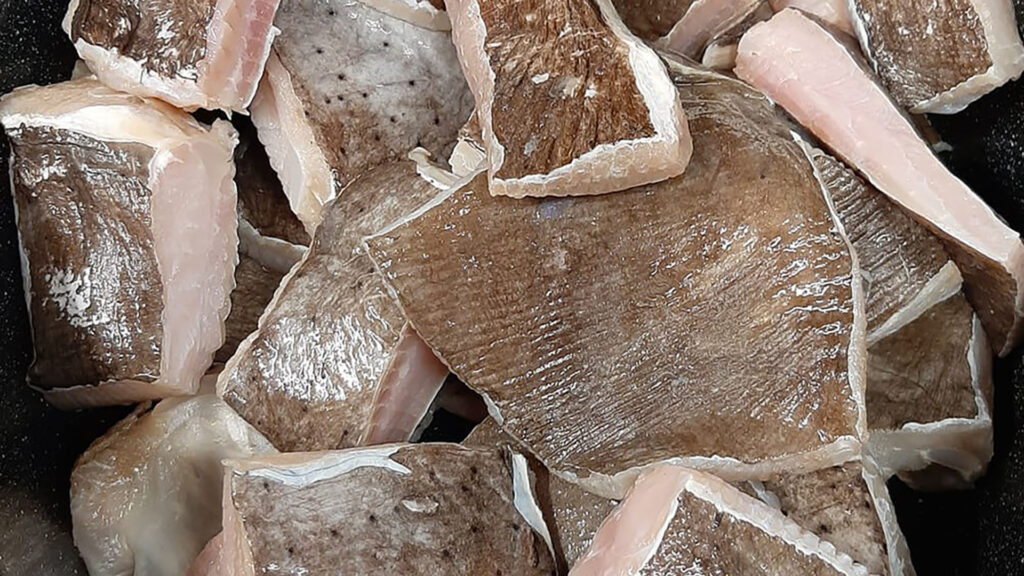
However, a small piece of smoked lamb was not the food that generally characterized Þorláksmessa. In addition to the mass day itself, it was the last full day of Christmas Lent. Therefore, it is a double reason in the Catholic tradition to consume the least amount of meat on that day. Remnants of that habit seem to have remained after the Reformation in the way that you should rather eat poor-quality fish. That helped without fear that it was considered appropriate to have the most variety, from a meagre fast food to the delicacies of Christmas Eve the next day.
Where fish was not available, it is mentioned that people ate smoked sausages made from fat and lungs or big animal bones. Among the fish people ate on this day were boiled lean fish jerky, catfish skin, shark, or rotten haddock. This was sometimes added to the smoked lamb water to add flavor.
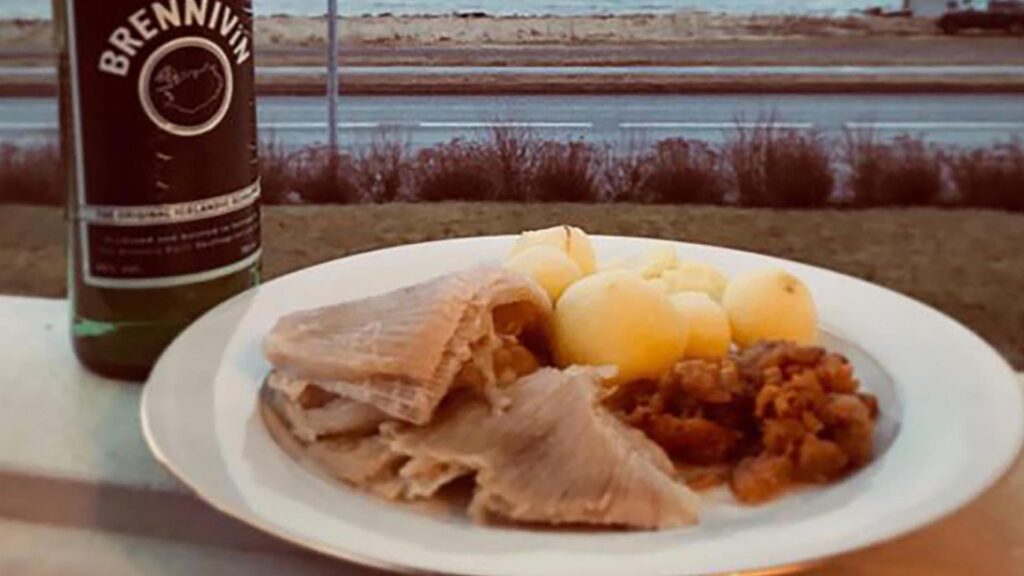
The most well-known dish at Þorláksmessa is fermented skate, which in the past would not have been considered a delicacy anywhere. In autumn, skates are mainly caught in Breiðafjörður and in Vestfjörður, but the autumn season ends precisely at Þorláksmessa. People had gotten pretty sick of skate in those areas when Christmas time rolled around. It is only natural that fermented skate was initially thought of as contrasting to the Christmas delicacies. It is reminiscent of the lutefisk in Sweden and the squawfish that was and is a traditional food on Christmas Day in many parts of Eastern Europe.
Over time, people learned to make the best of the skate. For many, it became an essential part of the Christmas celebration. The people in the Westfjords mashed fermented skate with animal fat. That was then sliced, and sometimes a smoked brisket or bird breast was turned upside down over the plate. Many thought the smell of skate was the first telltale sign that Christmas was approaching. Outside the Westfjords, the skate was sometimes cooked in the hangikjöt’s broth.
After people began moving to the capital area in throngs in the 20th century, many from the Westfjords missed the fermented skate at Þorláksmessa. They were, therefore, sent fermented skate or mashed skate from home. Fishmongers in Reykjavik and the surrounding area quickly started to stock this product as Christmas approached. A few took up this custom from the Westfjords. In the later decades of the 20th century, many major restaurants began to offer fermented skate at lunchtime at Þorláksmessa. Most of them also had salted fish on offer because not everyone likes the skate. Bennivín and beer, of course, go exceptionally well with both skate and salted fish.
If you want to try out fermented skate, we recommend the Sea Baron, Múlakaffi and Þrír Frakkar.
Meat Hook Comes to Town
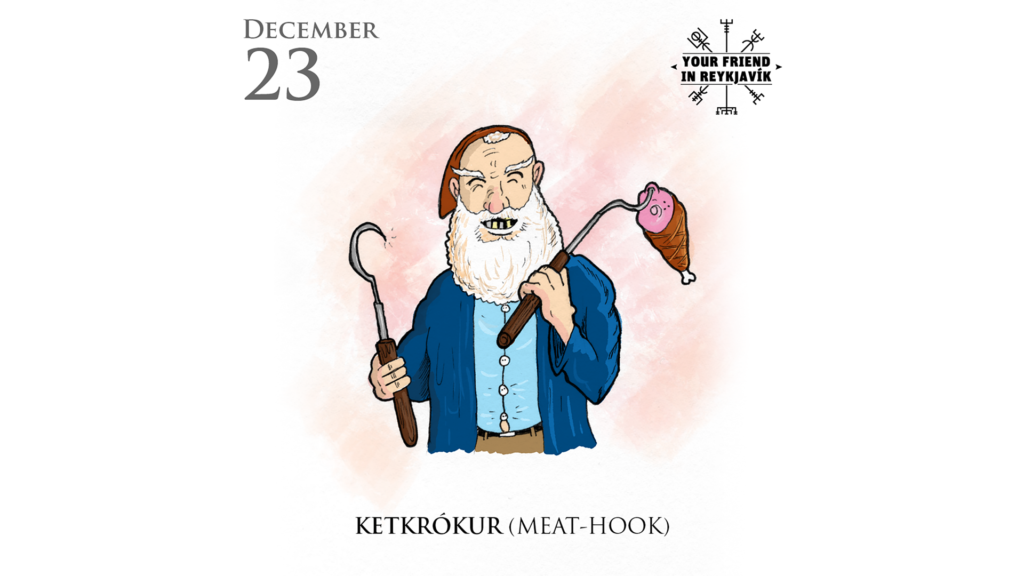
As people used to boil their smoked lamb on December 23, it is no wonder that Meat Hook (Kjötkrókur) was the second to last Yule Lad to come to town.
In the Christmas verse book Christmas is Coming, Jóhannes úr Kötlum wrote:
Meet Hook, the twelfth
Knew various things
He trudges into the countryside
On St Thorlak’s Day
He used the hook to steal a little bit
when possible
But sometimes, the hook
turned out to be short
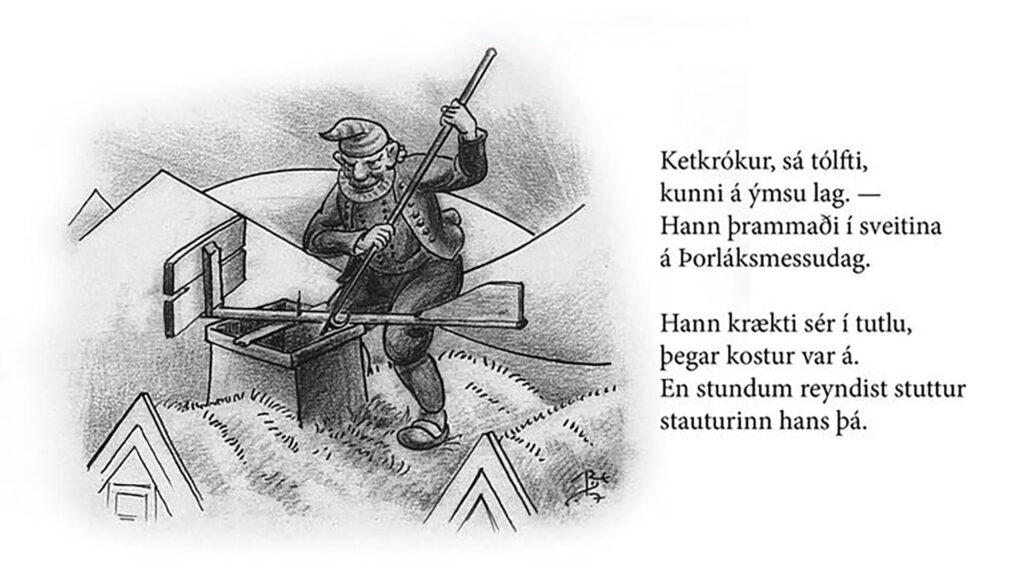
He’s not the only Yule Lad associated with the day. But to be completely frank, we at Your Friend in Reykjavik don’t believe this one exists. At some point, people started to believe that one of the Yule Lads was called Þorlákur and was dangerous to children. This was especially prevalent in West Iceland. The following four-line stanza was known there in several variations:
Þorlákur with a sturdy body
Cleans the gray clothes
Trudges out into frost and wind
Getting children at Christmas
This heresy probably came from Norway, where the strict Lutherans turned some of the December Catholic saints into boogiemen. This was especially true for St Lucia on the 13th, St Thomas on the 21st, and St Tholrak on 23rd, and these Christmas beings were called Lussi, Tomas, and Tollak.
The March for Peace
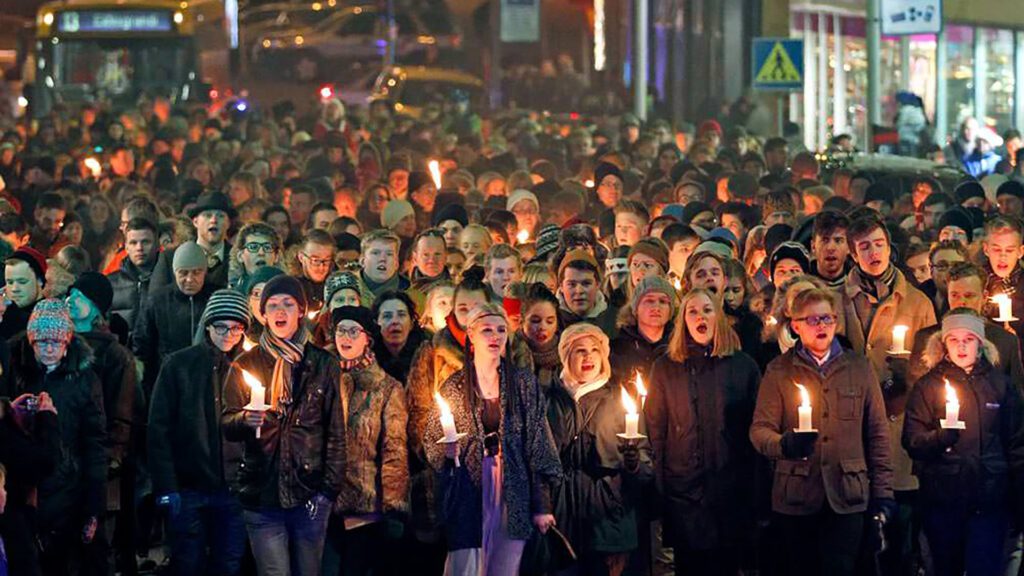
An afternoon Peace March down Laugavegur in Reykjavik has become a fixture since 1980, planned by various peace movements and other organizations. Artists perform, and a famous person delivers a speech.

